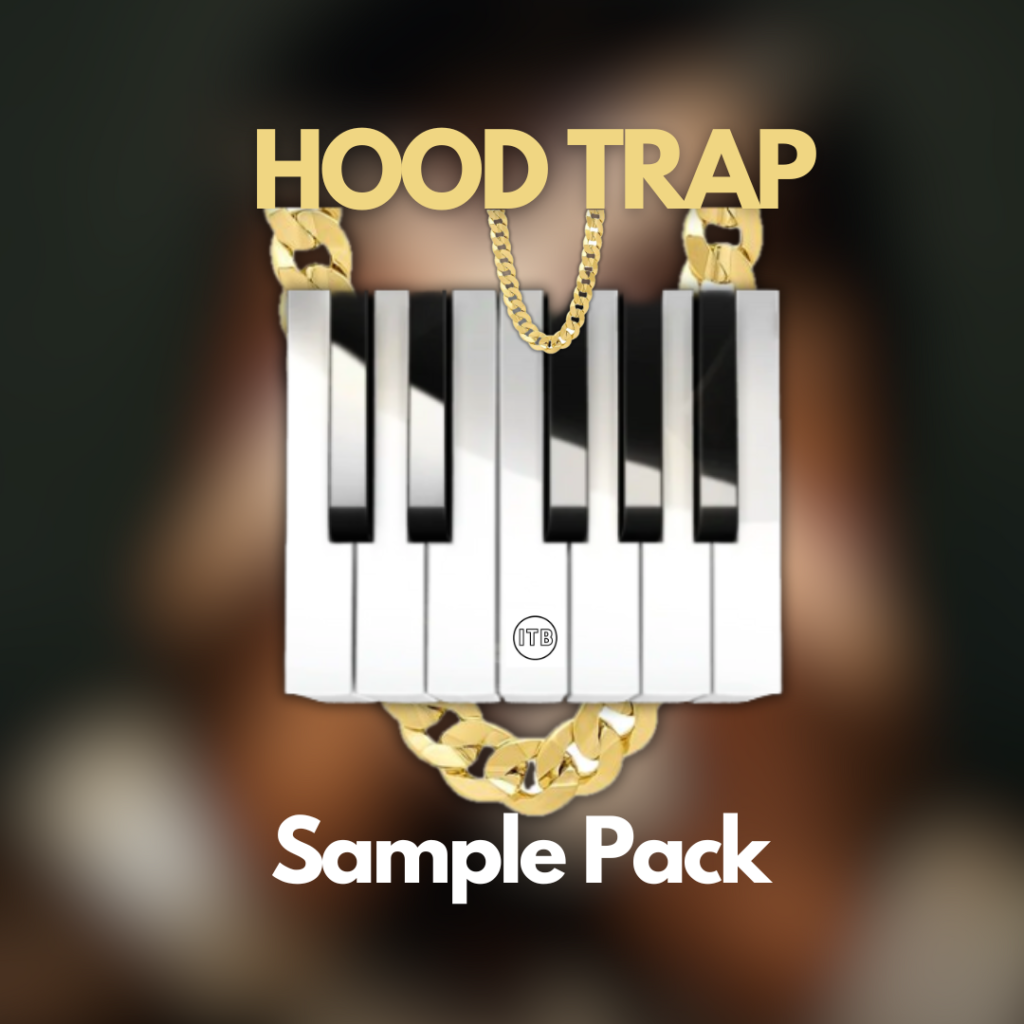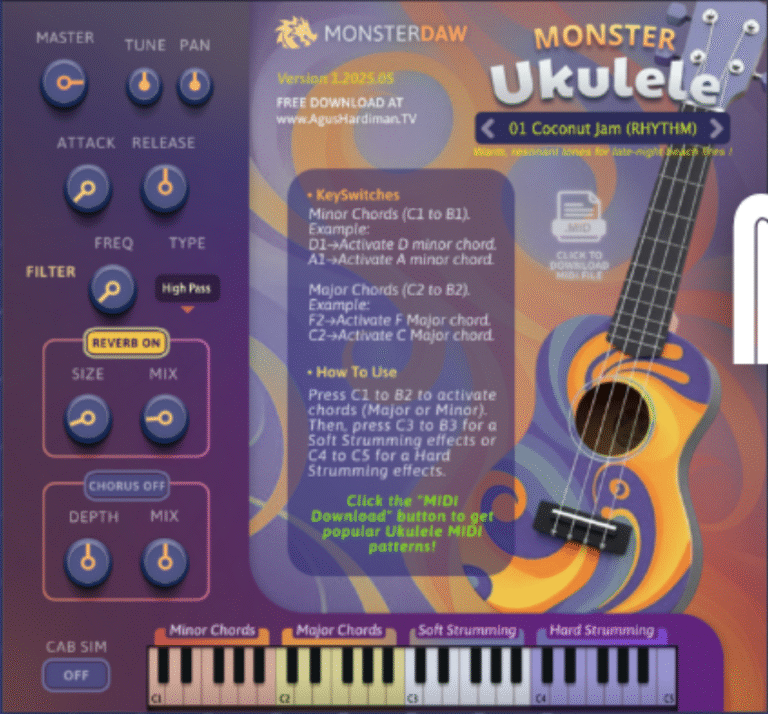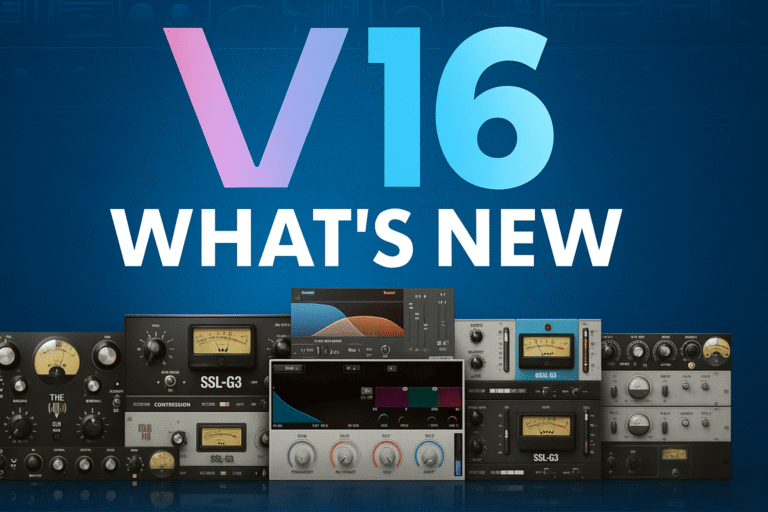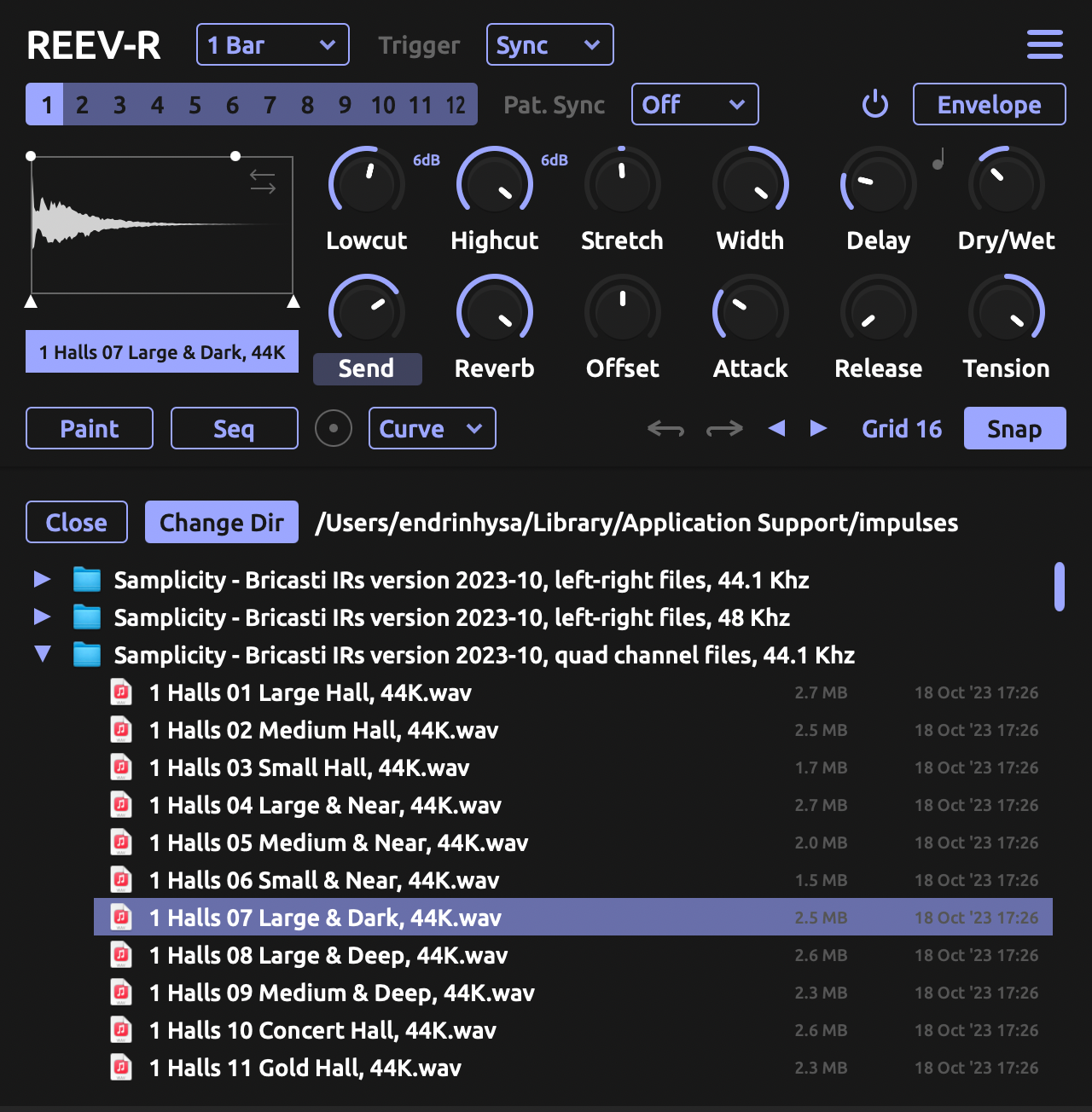Hello PlugHeads,
In recent years, several American hood trap artists have gained attention for both their musical output and personal matters.For instance, NoCap, a rapper from Alabama, released the single “Count a Million” featuring Lil Uzi Vert in 2020, achieving significant success.However, he also faced legal issues, announcing in December 2020 his intention to turn himself in for pending charges.Another example is Lil Gotit, a rapper from Atlanta, who has released multiple successful projects, including the album Hood Baby 2 in 2020 and Top Chef Gotit in 2021.In May 2022, he dropped the album The Cheater and the following month released the single MF Trimm in tribute to his late brother and fellow rapper Lil Keed, who had recently passed away.These artists exemplify how the American hood trap scene is marked by prolific musical output, often accompanied by personal and legal struggles.
1. What is Hood Trap? Hood Trap is a subgenre of trap music that emerged from urban neighborhoods, focusing on raw street experiences, struggles, and triumphs. The beats often blend dark melodies, heavy 808 bass, and aggressive drum patterns to reflect the gritty reality portrayed in the lyrics. Hood Trap’s sound is deeply rooted in the cultural context of the streets, often serving as a voice for marginalized communities facing systemic challenges.
In recent years, several American hood trap artists have gained attention for both their musical output and personal matters.For instance, NoCap, a rapper from Alabama, released the single “Count a Million” featuring Lil Uzi Vert in 2020, achieving significant success.However, he also faced legal issues, announcing in December 2020 his intention to turn himself in for pending charges.Another example is Lil Gotit, a rapper from Atlanta, who has released multiple successful projects, including the album Hood Baby 2 in 2020 and Top Chef Gotit in 2021.In May 2022, he dropped the album The Cheater and the following month released the single MF Trimm in tribute to his late brother and fellow rapper Lil Keed, who had recently passed away.These artists exemplify how the American hood trap scene is marked by prolific musical output, often accompanied by personal and legal struggles.
2. Key Characteristics of Hood Trap Music
- Lyric Content: Hood Trap lyrics often center on personal struggles, street life, and survival. The storytelling is raw, unfiltered, and emotionally charged, shedding light on difficult topics such as poverty, violence, and personal growth.
- Melodic Elements: Dark, minor-key melodies are common, often played on pads, bells, and keys. Reversed samples and eerie vocal chops are also frequently used, creating a haunting atmosphere that complements the lyrical content.
- Drum Patterns: The drum patterns emphasize hard-hitting kicks, rapid hi-hat rolls, and layered claps. The 808 bass is a staple, often distorted for extra aggression, giving the tracks a powerful low-end presence that drives the rhythm.
3. Production Techniques for Hood Trap
- BPM and Key: BPM typically ranges between 130 and 150. Minor keys are preferred to create a darker mood, often contributing to the emotional depth of the music.
- Sound Design: Use layered instruments and filtered pads for depth. Distortion on the 808s and reverb on the claps can add intensity. Sampling from older records and manipulating them with effects can create a unique, textured soundscape.
- Mixing: EQ low frequencies carefully to avoid clashes between the 808 and other elements. Apply sidechain compression to make the kick stand out. Balancing the elements with strategic panning and reverb can enhance the spatial depth of the track.
4. Cultural Impact and Influence Hood Trap has significantly influenced mainstream music, blending into genres like drill and modern hip-hop. Artists often use it as a platform to shed light on socio-economic issues and personal experiences. The genre has inspired fashion trends, visual art, and even dance movements, becoming a multifaceted cultural phenomenon.
5. Key Artists in Hood Trap Some influential artists within the Hood Trap scene include:
- 21 Savage: Known for his dark storytelling and minimalistic beats.
- Young Dolph: His music embodies the raw energy and street narratives typical of Hood Trap.
- Lil Durk: Combines melodic elements with powerful lyricism, reflecting real-life struggles.
Conclusion: Hood Trap music remains a powerful expression of street culture and personal stories. Its heavy beats and emotional lyrics continue to resonate with listeners worldwide. Whether you are a producer, an artist, or a listener, understanding its elements can deepen your appreciation for the genre. The genre’s evolution continues to shape the sound of modern hip-hop while staying true to its roots.





